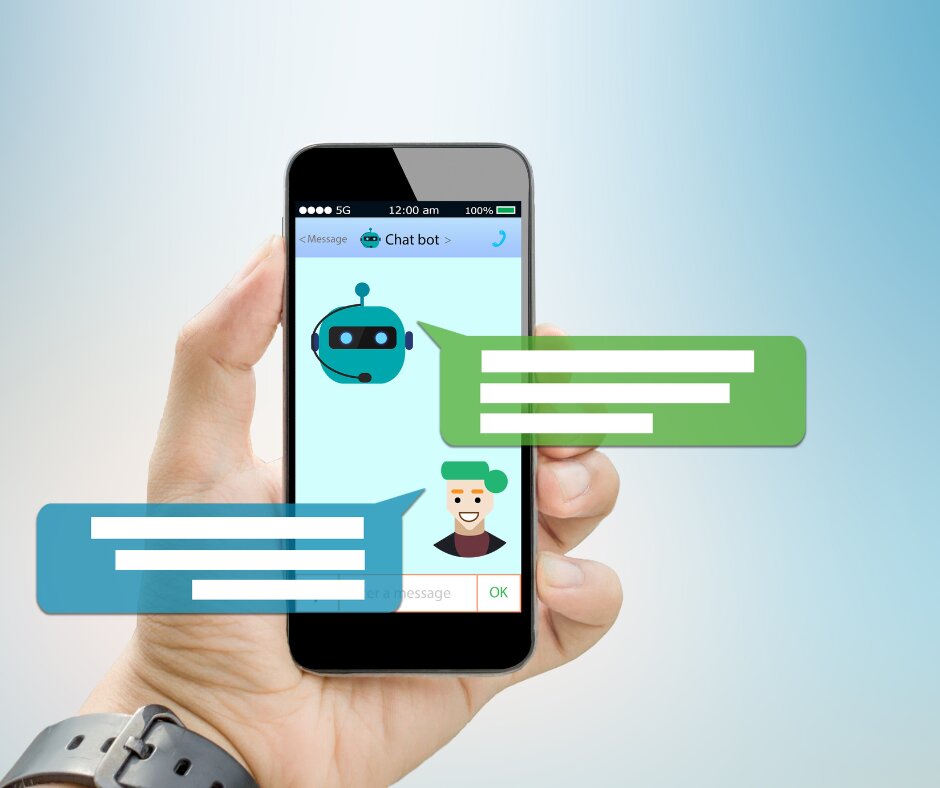 Introduction
Introduction
In the ever-evolving landscape of cybersecurity, technological advancements have given rise to next-generation chatbots that play a dual role. On one hand, these chatbots have become powerful tools for cybercriminals, enabling them to automate attacks and exploit vulnerabilities more efficiently. On the other hand, they have also become valuable assets for cyberdefenders, helping them detect and respond to threats in real-time. In this article, we will explore the double-edged sword nature of next gen chatbots and discuss their impact on cybersecurity.
The Rise of Next-Gen Chatbots
Next-gen chatbots have evolved significantly from their early iterations. Powered by artificial intelligence (AI) and natural language processing (NLP), they can simulate human-like conversations and interact with users in a more intelligent and contextual manner. These chatbots are employed in various industries, including customer service, sales, and support. However, their potential applications in cybersecurity have gained significant attention.
How Chatbots Aid Cybercriminals
1. Automated Phishing Attacks
Next-gen chatbots have the capability to automate phishing attacks at a large scale. They can mimic the communication style of legitimate organizations and send targeted messages to unsuspecting individuals. By engaging users in seemingly authentic conversations, these chatbots trick victims into revealing sensitive information or clicking on malicious links, leading to data breaches and financial losses.
2. Social Engineering Exploitation
Chatbots can be used by cybercriminals to exploit human vulnerabilities through social engineering techniques. They can gather personal information from various online sources and use it to build rapport with their targets. By manipulating emotions and trust, these chatbots persuade individuals to disclose confidential information, grant access to protected systems, or download malware-infected files.
3. Spreading Malware and Ransomware
Next-gen chatbots have the potential to propagate malware and ransomware. They can deliver malicious payloads through seemingly harmless conversations, enticing users to click on infected links or download compromised files. Once the malware is executed, it can compromise systems, steal sensitive data, or hold files hostage for ransom.
How Chatbots Aid Cyberdefenders
1. Real-Time Threat Detection
Next-gen chatbots equipped with AI algorithms can analyze vast amounts of data and detect patterns indicative of cyber threats in real-time. They can monitor network traffic, system logs, and user behavior to identify anomalies and potential security breaches. By promptly alerting cybersecurity teams, these chatbots enable quick response and mitigation of emerging threats.
2. Intelligent Incident Response
Chatbots integrated with incident response systems can streamline and automate the incident management process. They can collect and analyze information related to security incidents, guide users through necessary actions, and provide real-time updates. By reducing the response time and human error, these chatbots enhance the efficiency and effectiveness of incident response teams.
3. User Awareness and Training
Chatbots can play a crucial role in educating users about cybersecurity best practices and raising awareness of potential threats. They can deliver personalized training modules, simulate phishing attacks, and provide immediate feedback on user behavior. By promoting a culture of security awareness, these chatbots empower individuals to make informed decisions and protect themselves from cyber threats.
Balancing the Double-Edged Sword
To harness the benefits of next-gen chatbots while minimizing their potential risks, organizations and individuals must take certain measures:
- Vet Chatbot Providers: When integrating chatbots into cybersecurity systems, it is essential to choose reputable providers who prioritize security and follow best practices for data protection.
- Implement Robust Authentication: Strong authentication mechanisms, such as multi-factor authentication (MFA), should be enforced to prevent unauthorized access to chat bot platforms and sensitive information.
- Regular Updates and Patching: Keep chatbot platforms and associated software up to date with the latest security patches to mitigate vulnerabilities that could be exploited by cybercriminals.
- Continuous Monitoring: Implement comprehensive monitoring systems to detect any suspicious activity or anomalous behavior exhibited by chatbots. This can help identify potential compromises and take immediate action.
- User Training and Awareness: Educate users about the potential risks posed by chatbots and train them to identify and respond to suspicious or malicious interactions. Regularly update users about emerging chatbot-related threats.
- Collaboration and Information Sharing: Foster collaboration among cybersecurity professionals and share threat intelligence to stay ahead of evolving chatbot-related cyber threats. Collaboration platforms and forums can facilitate knowledge exchange and proactive defense strategies.
Conclusion
Next-gen chatbots present a double-edged sword in the realm of cybersecurity. While they can be exploited by cybercriminals to automate attacks and deceive unsuspecting individuals, they also offer immense potential for cyberdefenders to detect threats, automate incident response, and raise user awareness. By understanding the risks and benefits associated with chatbots and implementing appropriate security measures, organizations and individuals can navigate this technological landscape safely. The key lies in striking a balance between leveraging the capabilities of next-gen chatbots while safeguarding against their malicious usage. Click here for more tips, insights and cybersecurity solutions.



